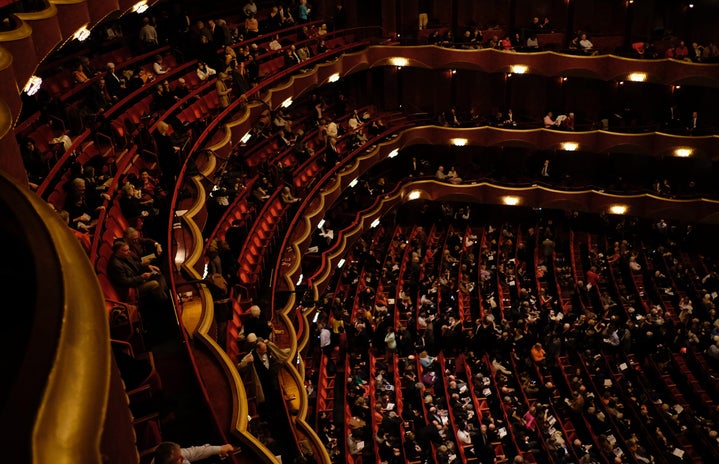I’ve always believed that everyone has a creative side and in today’s world of constant creation and expression there are endless possibilities for ways to take a break from studying and relax.
I definitely don’t spend enough time on art to consider myself a serious artist, but I do find that taking a break from academics and experimenting with different art supplies helps reset my mood and make me feel more productive. I usually paint with watercolor, but recently discovered a new set of supplies that is perfect for abstract art and relaxing expression—alcohol inks!
I first found alcohol ink artists online creating incredible marbled, wispy, and colorful pieces of work (Check out the amazing art on instagram under #alcoholink). I loved how unique each product was and wanted to give it a try.
While I have traditionally painted with watercolor, I often found it difficult to achieve desired effects because I would strive for realistic portrayals of landscapes or animals. On the other hand, because alcohol ink is so difficult to control, you are really forced to go with the flow of the ink and embrace the creation process. I still enjoy working with watercolor because associated supplies are rather common and accessible, it is easy to clean up, and can achieve various effects. However, alcohol ink has improved my interpretive ability as I can see images in abstract art as well as continually be flexible and adapt to where the ink wants to flow.
Alcohol inks are waterproof and highly pigmented, enabling interesting interactions and effects when used on its own or with other materials. For example, given the right substrate, you can use alcohol inks to create detail and defined lines before painting with watercolor. Alcohol inks are used with rubbing alcohol to dilute, mix, and spread out the inks. While you can apply alcohol inks with a brush, they are unique and fun to use as they are best applied by squirting the ink right onto your paper and then blowing the ink around with a straw. Alcohol ink also dries very quickly, allowing for layering and eliminating the need to leave your artwork out to dry for extended periods of time. Finally, alcohol inks can be used with different tools and materials—professional items like resin or household finds like Q-Tips—to create interesting effects.
I got started with alcohol ink by purchasing this set of inks and some Yupo paper. The only other supplies you need to begin are some rubbing alcohol (91% or above works best) and a straw to blow the ink around. Alcohol inks really provide endless possibilities for creation. You can experiment with color combinations, splatter rubbing alcohol over paint to create bubble effects, and use different substrates. One of alcohol ink’s defining features is that it must be applied on non-porous surfaces, unlike watercolor paints. Non-porous surfaces allow the ink and alcohol to blend and spread out and dry, rather than seeping into the material you are painting on. Yupo paper is a popular material to paint on as it is a simple, thin synthetic paper. However, it is rather expensive and alcohol ink’s versatility means there are lots of other options.
My favorite substrate to use is ceramic tile. I buy tiles of different shapes and sizes at hardware stores (usually for less than $1 each!). Tiles should ultimately be varnished to prevent the dried ink from chipping off, but when you’re just getting started sealing paintings isn’t really necessary. I also love purchasing poster size glossy paper to paint on. Because it has been sealed for a glossy finish, a lot of poster papers are non-porous, and these are less expensive than products specifically designed for artists.
Alcohol ink paintings can be created in five minutes (drop some ink on a tile or piece of Yupo, spread it out, and watch it dry) or hours. My largest piece to-date (2′ x 3′) took about three hours from start to finish. I began by using pencil to sketch the general design, applied alcohol inks in several stages, and then used these Faber Castell alcohol ink pens to add some animals. I then used brushes and rubbing alcohol to soften the animals’ edges and blend them in.
Alcohol ink can be purchased in single bottles for around $3 or sets for upwards of $20, providing several options for small- or large-scale creation. Alcohol inks have forced me to embrace and trust the painting process as it is difficult to replicate an initial idea or image in alcohol inks. While the smell of the inks is a little strong, there are so many possibilities that it is easy to get sucked into painting for hours on end. You can experiment with resin, clay, different substrates like glass, make small birthday cards or larger paintings. Anyone can paint with alcohol inks and every finished product ends up unique.


